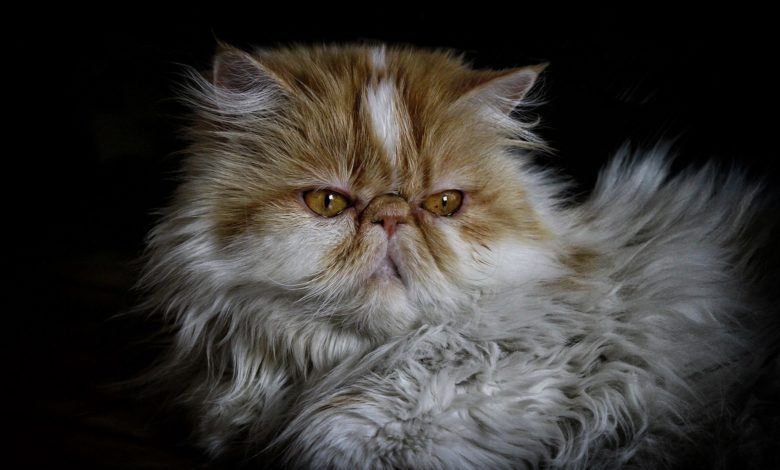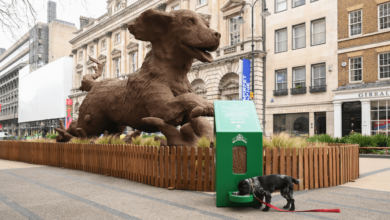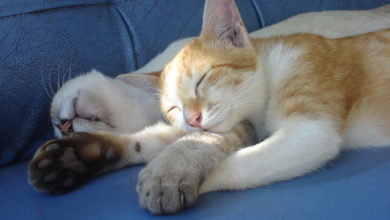Persian cats at ‘high’ risk of health problems, study suggests

Almost two thirds of Persian cats suffer from at least one health condition according to the largest every study of this breed, the research was conducted by the Royal Veterinary College (RVC) in collaboration with the University of Edinburgh.







